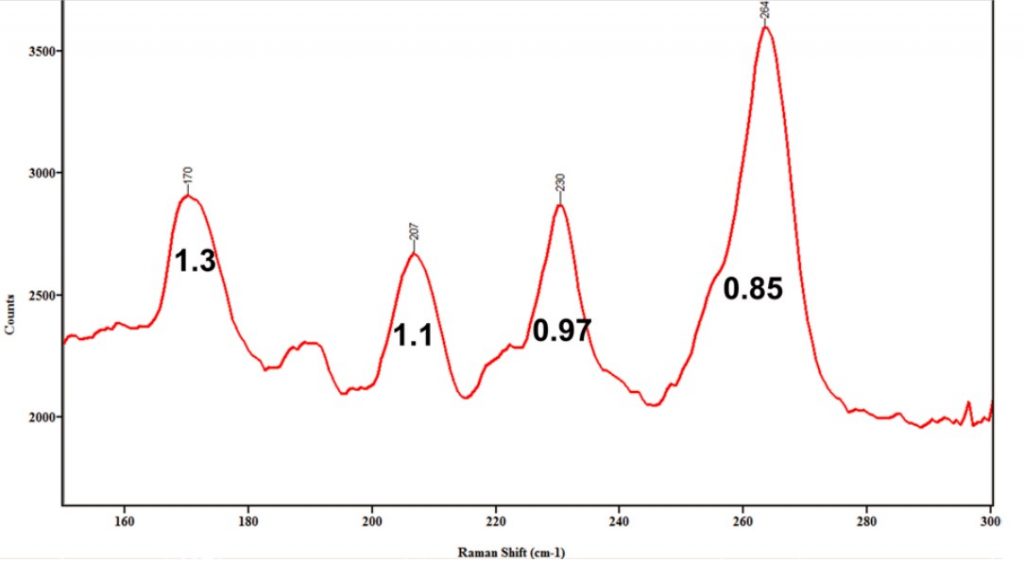Introduction and Applications of Multitrack Spectroscopy

In many applications of optical spectroscopy, it is useful and/or necessary to simultaneously observe several input sources to gain more information from a sample; for example, measuring and correlating spectra at separate locations or improving efficiency and speed through parallel acquisition of signals.
While it is possible to use a separate spectrograph for every signal input, challenges arise when scaling up the number of channels to dozens or hundreds. Multitrack spectroscopy is a technique which only requires a…Read Full Article
Scientific Cameras for Ultra-Low-Light Imaging in Quantum Research
Quantum theory seeks to explain the nature and behavior of matter and energy at atomic and subatomic levels. Quantum research aims to manipulate the state of this matter and energy to achieve accurate, measurable, and repeatable results, thereby improving the understanding of such phenomena.
Most modern quantum research activity focuses on…Read Full Article
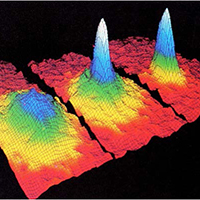
Analysis of Perovskite Solar Cells via Spectral Luminescence in the 700 to 1000 nm Wavelength Range
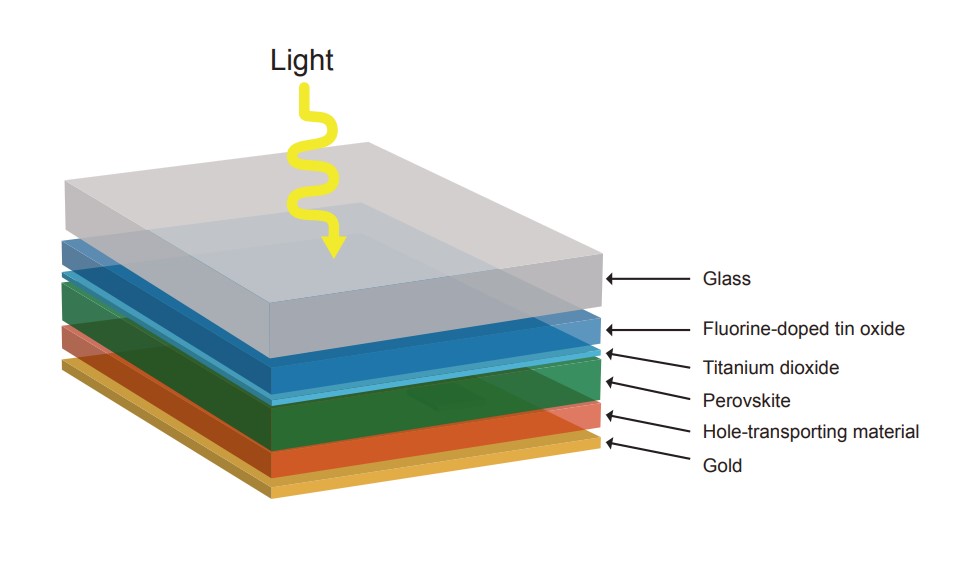
It is by no means an exaggeration to say that solar cells based on organic-inorganic hybrid perovskites are taking the photovoltaics industry by storm.
In 2012, the first efficiency of 9.7% for a solid-state perovskite solar cell was reported. Just five years later, in mid-2017, small solar cells utilizing these unique crystalline materials were fabricated with…Read Full Article
Aberration-Free Spectrographs and NIR-Sensitive InGaAs Cameras Facilitate the Development of Carbon Nanotube Optical Sensors for Early Disease Detection
One of the main areas of research at the Memorial Sloan Kettering Cancer Center in New York City is the development of nanoscale sensors to detect cancer at its earliest stages. The research group led by Dr. Daniel Heller uses novel nanomaterials with unique optical properties, making it easier to identify disease biomarkers within the body and thus permit detection before symptoms arise. These nanotechnologies also allow…Read Full Article

Microscopy and Raman Imaging: Open-System Raman Microscopy
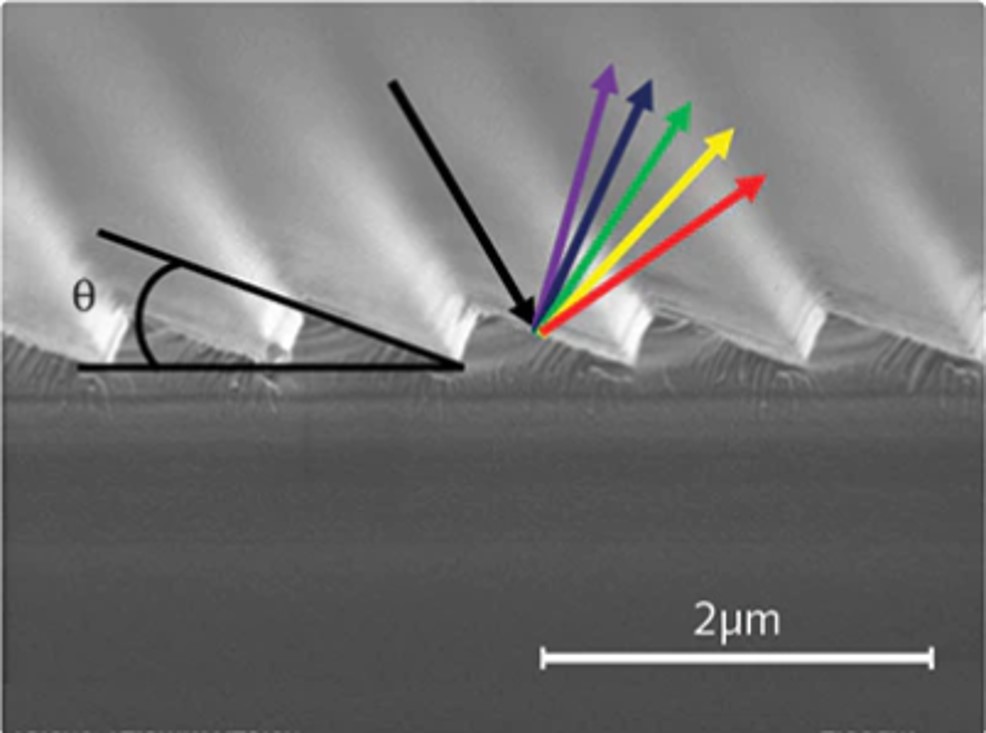
Imagine accepting a new position to start up and manage a lab. Your modest budget for research equipment doesn’t allow you to purchase what you really need, a Raman microscope—but you’ve inherited a fluorescence microscope from the previous scientist. What do you do?
Faced with this scenario…Read Full Article
Scientific NIR-II/ SWIR Cameras Enable Femtosecond Frequency Comb Vernier Spectroscopy
A frequency comb is a spectrum that comprises a series of discrete, equally spaced elements. The most popular mechanism used to generate a frequency comb is stabilization of the pulse train by a mode-locked laser. In 2005, John L. Hall and Theodor W. Hänsch shared one half of the Nobel Prize in Physics for their contributions to this important area. Recently developed techniques…Read Full Article
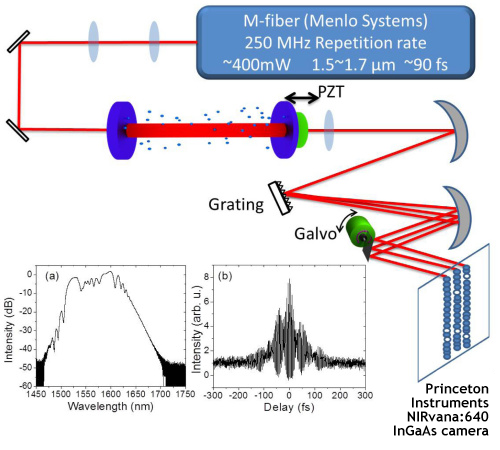
Real-Time Imaging of Singlet Oxygen via Innovative Microspectroscopy Instrument

Molecular oxygen is one of the most important molecules in maintaining life as well as in mechanisms by which life is extinguished and materials destroyed. For several decades,
researchers have been intrigued by the physical and chemical properties of molecular oxygen’s lowest excited state, singlet oxygen (1O2). In particular, singlet oxygen has a unique reactivity that can result in…Read Full Article
Low-Frequency Raman Spectra of Amino Acids: Discovery of a Second Fingerprint Region
A novel astigmatism-free spectrograph design, the Princeton Instruments SCT 320 IsoPlane Schmidt-Czerny-Turner (SCT) spectrograph, is shown to give Raman spectra with better resolution and signal-to-noise ratios than traditional Czerny-Turner (CT) spectrographs. A single-stage SCT spectrograph has been interfaced to a new low-frequency Raman spectroscopy module that…Read Full Article
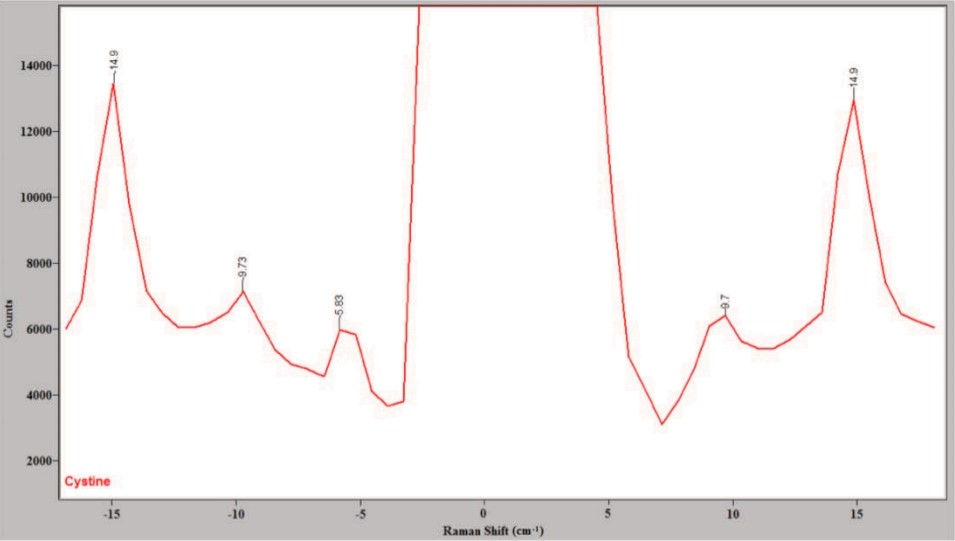
Ultra-High-Speed, Time-Resolved Spontaneous Raman Scattering Spectroscopy in Combustion
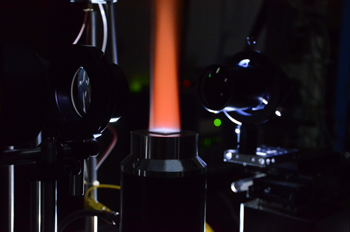
In combustion, until recently only two temporal optical gating schemes were available to increase signal-to-noise ratio (SNR) for time-resolved spontaneous Raman scattering (SRS) spectroscopy. Problematic optical background noise could be rejected either by electronic gating with an image intensifier or by using a mechanical shutter. Unfortunately, each of these traditional approaches has its shortcomings.
Image intensifiers, for example, provide excellent optical
background noise rejection via…Read Full Article
Low-frequency Raman Spectra of Carbon Nanotubes Measured with an Astigmatism-free Schmidt-Czerny-Turner Spectrograph
Traditional Czerny-Turner (CT) spectrographs suffer from the optical aberration called astigmatism. This causes Raman peaks measured with CT spectrographs to be broadened and short, decreasing spectral resolution and signal-to-noise ratio (SNR). The new IsoPlane ISOPLANE 320 Schmidt-Czerny-Turner (“IsoPlane”) spectrograph from Princeton Instruments has zero astigmatism at all wavelengths across the entire focal plane. This means Raman spectra measured with…Read Full Article
